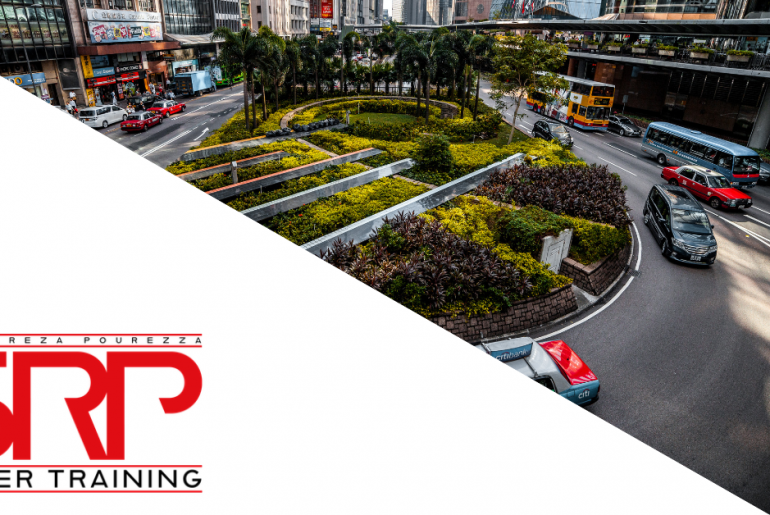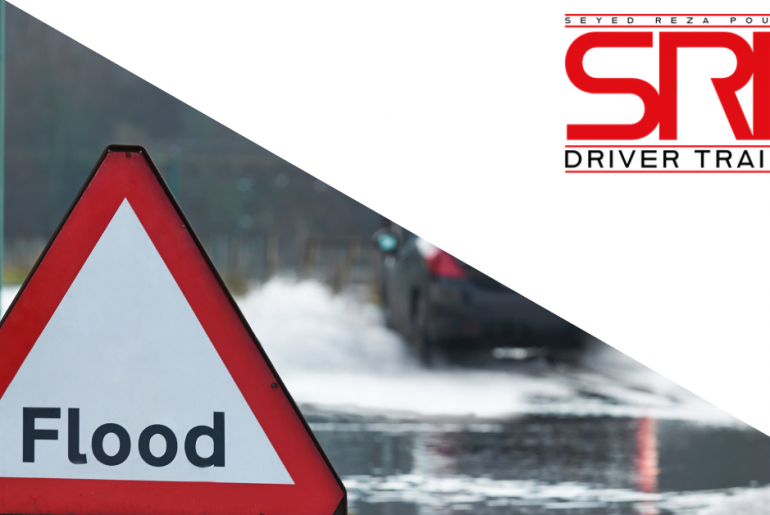The key to safe driving; given how many lessons it takes to learn to drive, you would think it was amazingly difficult. It’s as simple as five, or six, letters.
M S P S (G) L
It seems odd, but once you’ve got to grips with the controls of the car, the key to driving is six simple words, five if you learn in an automatic. Mirrors, Signal, Position, Speed (Gear) and Look.
MSPSL – Mirrors
The first stage is the proper use of the mirrors. Generally, we check mirrors in twos, the main rear-view mirror and the most appropriate side mirror. That appropriate mirror depends on the task you are about to do.
If you are going to pull up on the left-hand side you are going to be affecting road users which may be on your left-hand side. The passenger-side mirror will show you anyone at risk from moving to the left.
If you are preparing to turn to the right you need to know what’s on the right-hand side of your car. This is where faster-moving hazards are going to be like overtaking cars or motorcycles. It’s vitally important that you are aware of these hazards before you commit to a manoeuvre.
Then there are changes of speed, going faster or slower requires steps of the MSPSL routine. We can’t decide how to handle a situation until we know what is around us.
MSPSL – Signal

Once we’ve determined it’s safe to carry out an action or manoeuvre, we need to tell other road users about it. Not every action we might want to take can be communicated using the car’s indicators. Sometimes we have to communicate in other ways.
Usually, you will communicate your intentions using the car’s built-in indicators. It’s also worth looking at the highway code and hand signals just in case you either get a taste for classic cars and buy a car without indicators or more likely the indicators on your vehicle fail.
Positioning is another way we communicate our intentions to other road users, which is also the next letter in the acronym.
MSPSL – Position

The position of your vehicle on the approach to any change of direction is as important as the signal you give for communicating with other road users. Even if another driver can’t see your indicators, they can judge your intent from where you place your car.
If you were looking to turn right, for example, your position close to the centre line of the road gives an additional visual clue as to your actions. This is especially true at roundabouts where you are taking an exit between the first option on the left and the straight-ahead option. Your position in lane 1 combined with your lack of a signal informs road users that you are not taking the first exit and are not turning past the 12 o’clock position.
You’ve already checked that the direction you are looking to move to is clear of hazards. You’ve given whatever signal you can, you can safely adjust your position on the road to prepare for your planned manoeuvre.
MSPSL – Speed and Gear

Once you’ve checked it’s safe to change direction and you’ve positioned your vehicle correctly you have to sort out the speed of the car. Too much speed going into a change of direction will provoke understeer, the situation where the front of the car pushes wide through the corner as the tyres struggle for grip.
If you adjust speed whilst the car is in a state of understeer, you risk changing to lift-off oversteer. This is where the rear of the car slews sideways and is very dangerous unless the car is being driven by a highly skilled professional driver.
So it’s very important that you get the speed of the car under control before you enter the corner. A rough guide to the safe speed is to enter the corner at a speed slow enough that you can stop in the distance you can clearly see ahead.
For drivers of automatic cars that’s as simple as either lifting off the accelerator pedal or applying the brakes. For drivers of manual vehicles, it’s a bit more in-depth. You not only have to sort out the speed of the wheels, you need to match the speed of the engine.
This means changing gears. You need to select a gear that keeps the motor in it’s ‘happy place’ in terms of revolutions while allowing you to smoothly accelerate out of the bend or corner once you’ve completed your manoeuvre.
MSPSL – Look

The final step of MSPSL is to take a good look to make sure it’s safe to move. You should check where you are headed to ensure you have enough space on the road you are turning on to before you go. You also should make another check of your mirrors to ensure no one is trying to pass you on that side.
Once you are satisfied it’s all safe to proceed, you can complete your turn. For how to decide it’s safe, look for our future blog post on LADA, Look, Assess, Decide and Act.



